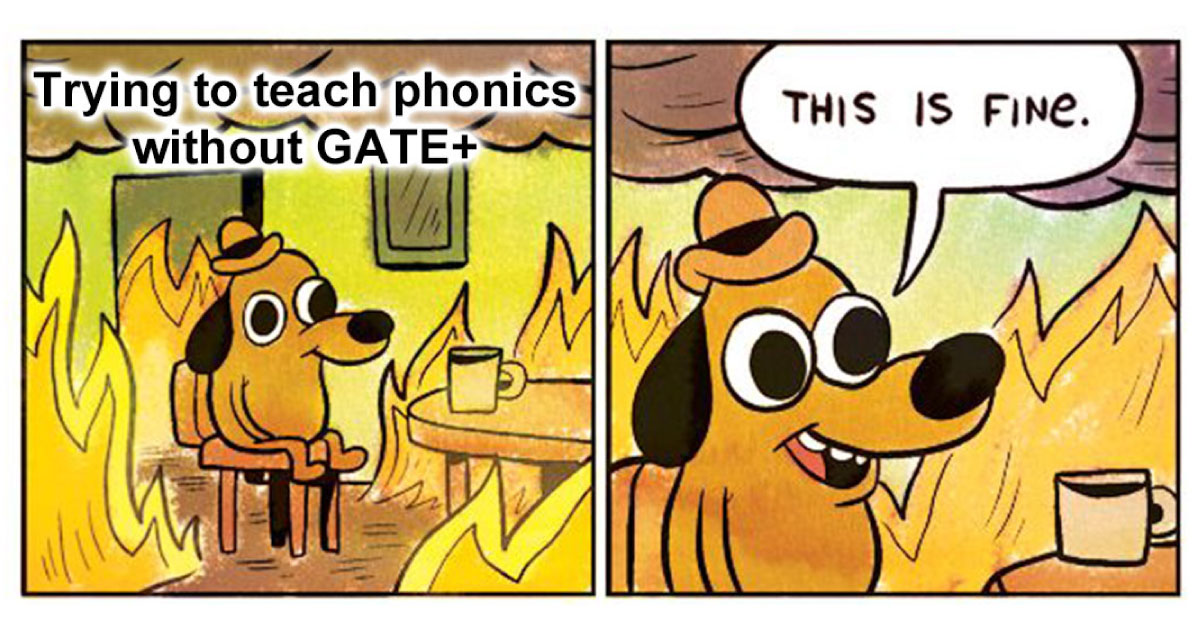When it comes to teaching children to read, the importance of a quality phonics program cannot be overstated. With so many options available, it can be challenging to determine which program will best suit the needs of your students. Here are eleven key features to consider when looking for a phonics program:
1. Direct, Explicit Phonics Instruction
An effective phonics program should provide direct and explicit instruction. Direct instruction means clearly defining each concept, modeling the skills, and providing guided practice. Explicit instruction involves using clear, specific language that is closely linked to the learning objective. This method of instruction ensures that students are actively engaged in the learning process and can comprehend each step with clarity.
2. Comprehensive Reading Components
The best phonics programs go beyond phonics. They should include instruction in all five essential components of reading: phonemic awareness, phonics, fluency, vocabulary, and comprehension. This comprehensive approach ensures that students build on their phonemic awareness and phonics knowledge to develop a well-rounded set of reading skills.
3. Alignment with the Science of Reading
A program aligned with the Science of Reading is backed by scientific research on how students best learn to read. It should include evidence-based best practices for teaching students essential reading skills, including effective strategies and activities to promote and measure progress.
4. Easy to Teach
A good phonics program should be easy to understand and implement, for both new and experienced reading teachers alike. Scripted programs are advantageous, providing detailed lesson plans and specific guidance. This ensures consistency in teaching—aiding new educators and streamlining preparation for experienced ones—while still allowing flexibility to adapt to different classroom needs.
5. Systematic Scope and Sequence of Skills
A quality phonics program should offer a systematic progression from simple to complex skills. This means the program introduces letters, sounds, and patterns in a specific, logical sequence, allowing students to build on their existing knowledge as they progress. This systematic progression ensures a solid foundation in phonics, enabling students to confidently advance to more challenging concepts.
6. Effective Instructional Routines
Effective instructional routines in a phonics program should enhance learning efficiency. These routines engage students in varied activities, reinforcing their phonics knowledge and maintaining their interest in reading.
7. Adaptable for Different Settings
Whether you're teaching one-on-one, in a small group setting, or to an entire classroom, the program should be flexible enough to accommodate various teaching environments and student group sizes.
8. Resources for Differentiating Instruction
Children learn at different paces. A versatile phonics program will provide resources for differentiating instruction to meet the needs of all students, whether they need extra support or enrichment to keep them challenged.
9. Student Accountability
An effective phonics program should hold students accountable for learning and mastering the phonics skills being taught. After learning a skill, students should apply their knowledge of the skill until able to demonstrate that they understand the concept. They should be held accountable for this understanding as a prerequisite for moving ahead.
10. Tools for Progress Monitoring and Assessment
In addition to holding students accountable to demonstrate their understanding throughout their work in the program, effective phonics programs should include tools for tracking and assessing student progress. This is essential for informing instruction and ensuring students are effectively learning. The feedback is also motivating for students.
11. Built-in Professional Development
Ongoing teacher support is vital. Programs that offer built-in professional development resources can help teachers feel more confident and prepared in their instruction.
Bonus: Affordability
Budgets are always a consideration. The program should be cost-effective, providing high value for the investment.
Check Out GATE+
Considering these essential elements, be sure to check out GATE+, a phonics program that embodies all of these features. Designed to make phonics instruction straightforward and effective, GATE+ includes:
- Direct, explicit instruction in phonemic awareness and phonics.
- Lessons that incorporate all five components of reading.
- Alignment with the Science of Reading.
- A fully-scripted format that's easy and ready to teach, ideal for any educator.
- Systematic scope and sequence of skills building from simple to complex.
- Effective instructional routines that maximize learning.
- Adaptability for different group sizes.
- Resources for differentiated instruction.
- Student accountability measures for every skill taught.
- Comprehensive tools for progress monitoring and assessment.
- Built-in professional development to support teachers.
- An affordable solution for schools and individual educators.
GATE+ also offers a unique, user-friendly package, including:
- A lesson flipbook with a color-coded script and visual displays.
- A USB Drive containing PowerPoint slideshows, student booklets, and a range of supplementary tools.
- A comprehensive teacher's manual with detailed program information and implementation tips.
Choosing the right phonics program is a crucial decision for any educator. You may have heard of programs like UFLI, ECRI, Fundations, Heggerty, Spire, and Reading Horizons. While these programs provide many benefits, be sure to check out GATE+, which is a complete, affordable, all-in-one phonics system for teachers and students alike. With its comprehensive, easy-to-use, and scientifically backed approach, GATE+ stands out as a top choice for those seeking to effectively teach phonics and improve reading outcomes without breaking the budget. Get GATE+ today and experience the remarkable results!



 Share your student’s success story—nominate him or her for our Star of the Month award. Win a Barnes & Noble gift card for the student and a Read Naturally gift certificate for your class!
Share your student’s success story—nominate him or her for our Star of the Month award. Win a Barnes & Noble gift card for the student and a Read Naturally gift certificate for your class!
Thanks for the helpful content on the website! The article "Finding the Right Phonics Program: 11 Key Features to Consider" is an excellent guide for teachers and parents looking for good phonics instruction. The author's expertise and thorough explanation of significant features are impressive. Thanks for providing such a beneficial resource that's certain to help many make informed choices when picking a phonics program.